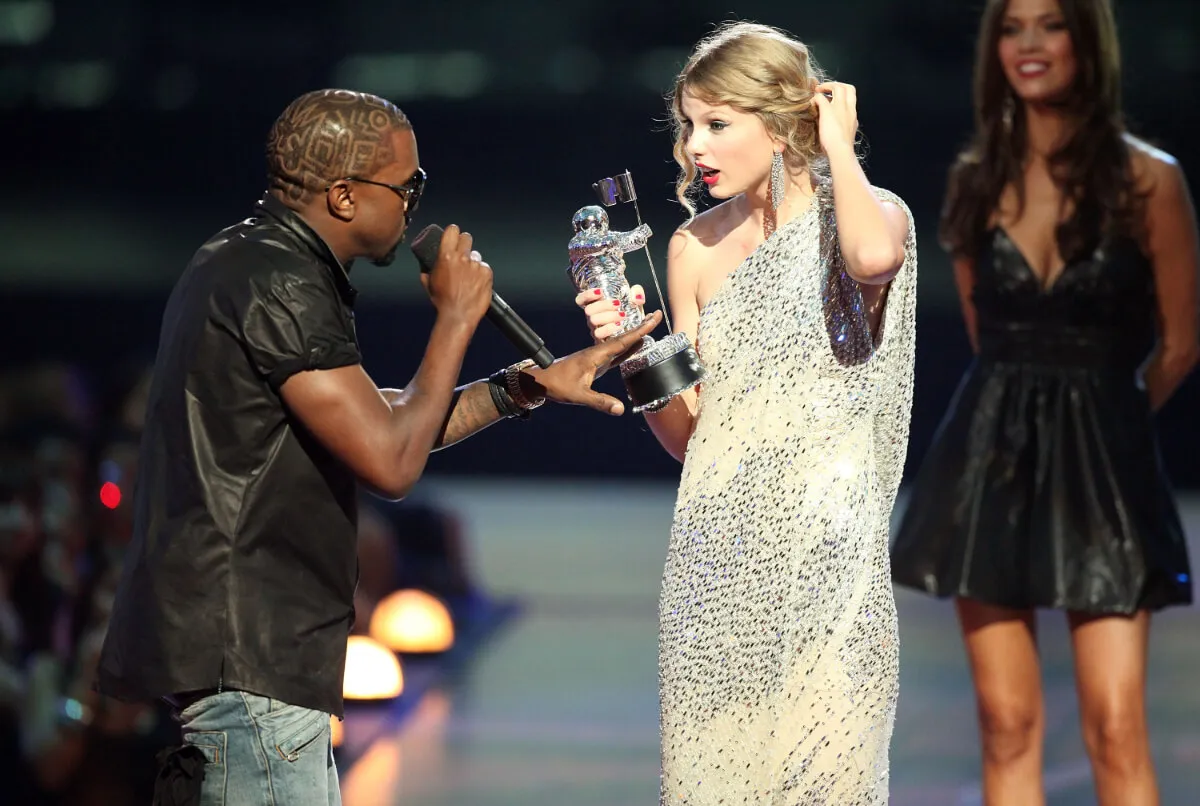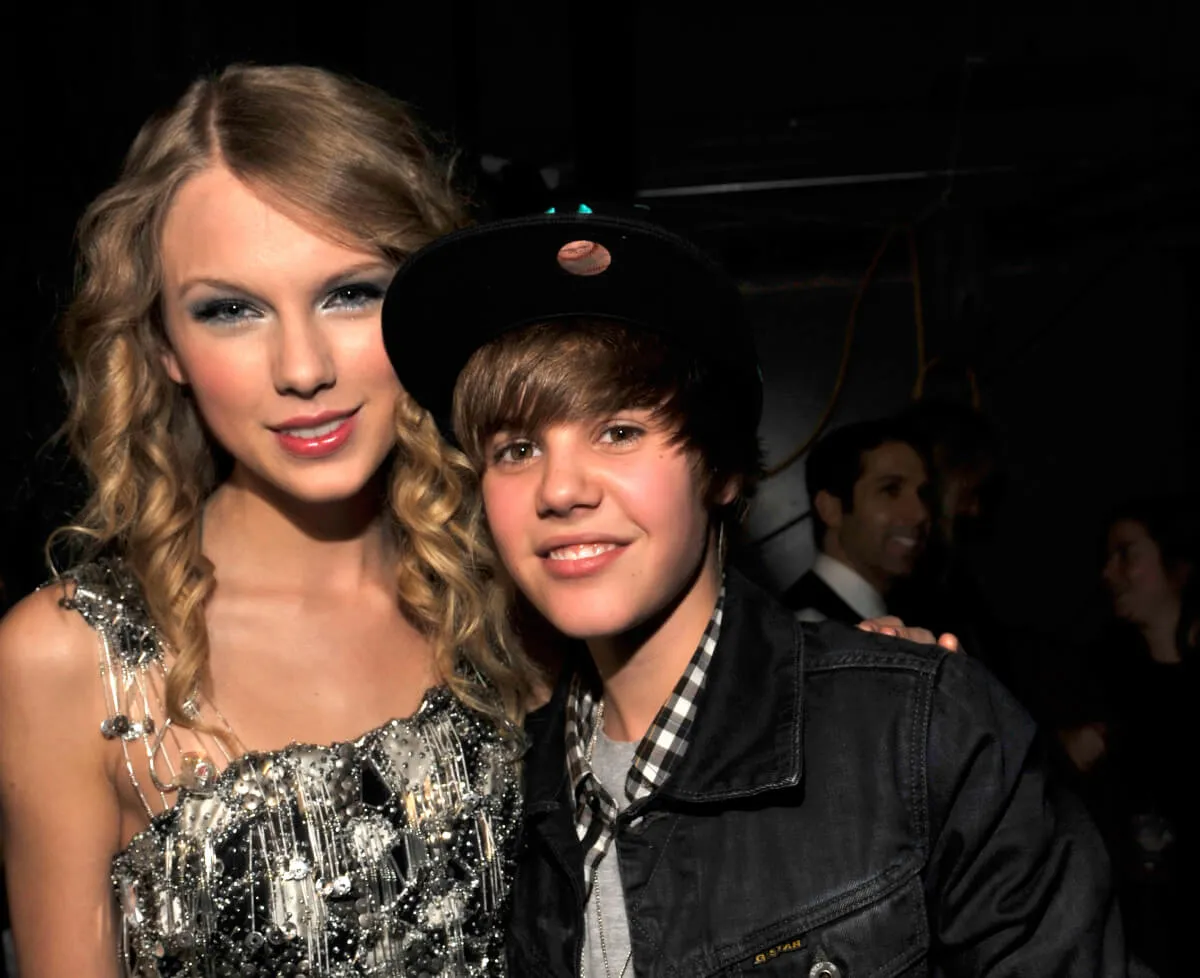‘Mulan’ Movie Review: Crouching Tiger, No Talking Dragon
Around the time the 1998 animated Mulan came out, Hollywood was experimenting with Hong Kong cinema. John Woo had come over and made Hard Target, Broken Arrow and Face/Off. The next year would see The Matrix make anti-gravity martial arts a fad, at least until its own sequels. In 2000, Crouching Tiger, Hidden Dragon actually got an American release, won some Oscars and did blockbuster business.
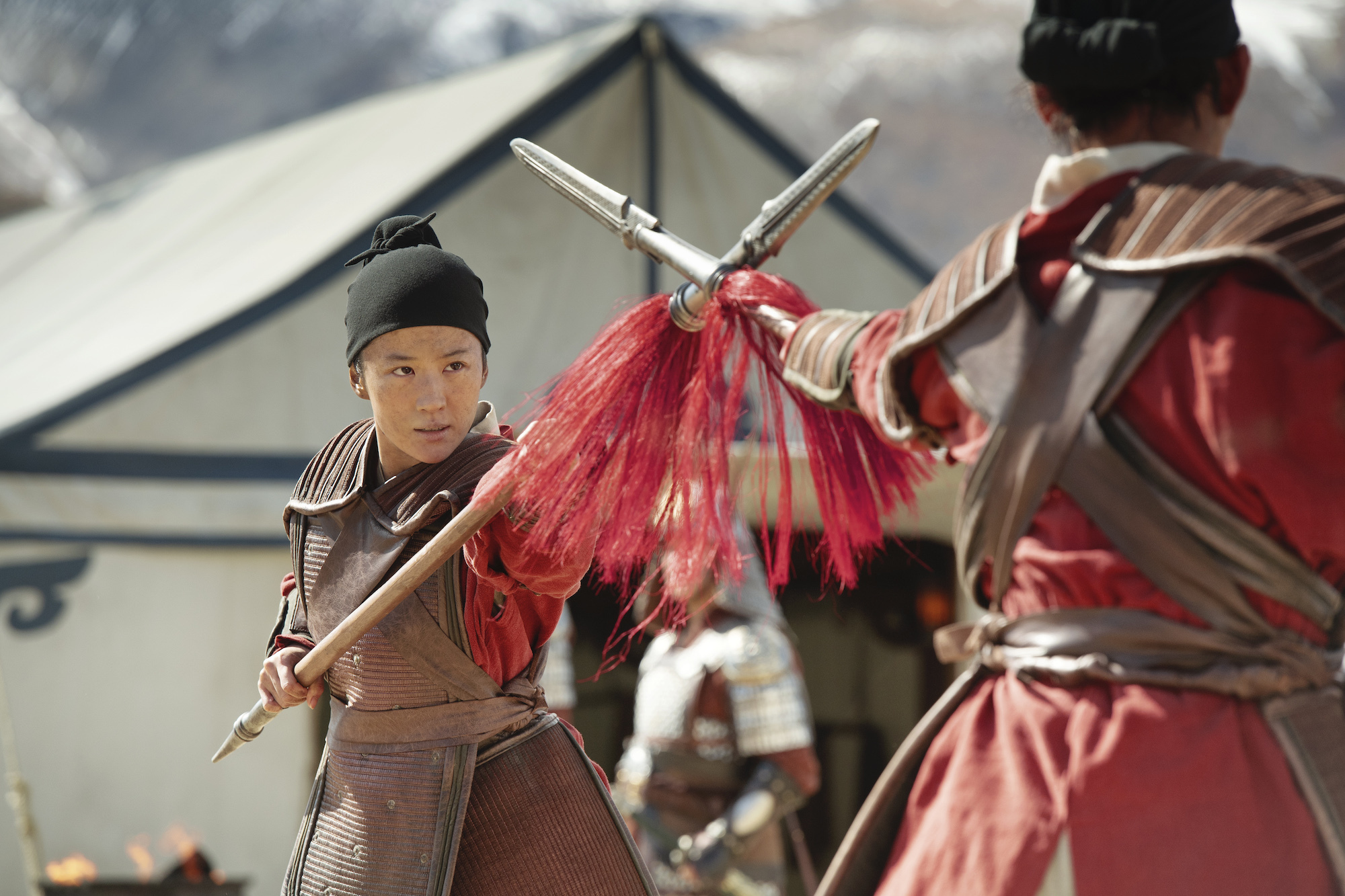
The live-action Mulan remake comes a good decade and a half after Hollywood ended its affair with Hong Kong action. Meanwhile, Hong Kong never stopped, although they incorporated some of Hollywoods visual effects in their productions. Mulan is a solid Hollywood action movie with some Hong Kong flourish, and if it makes some 2020 kids discover real Kung Fu movies, that’s great.
‘Mulan’ has chi
The film begins with young Mulan (Crystal Rao) training in a field. Her father narrates the story and says only sons can weild chi. Mulan proves that wrong at a young age. She’s pretty capable of running on rooftops and descending elegantly with moves that defy physics.
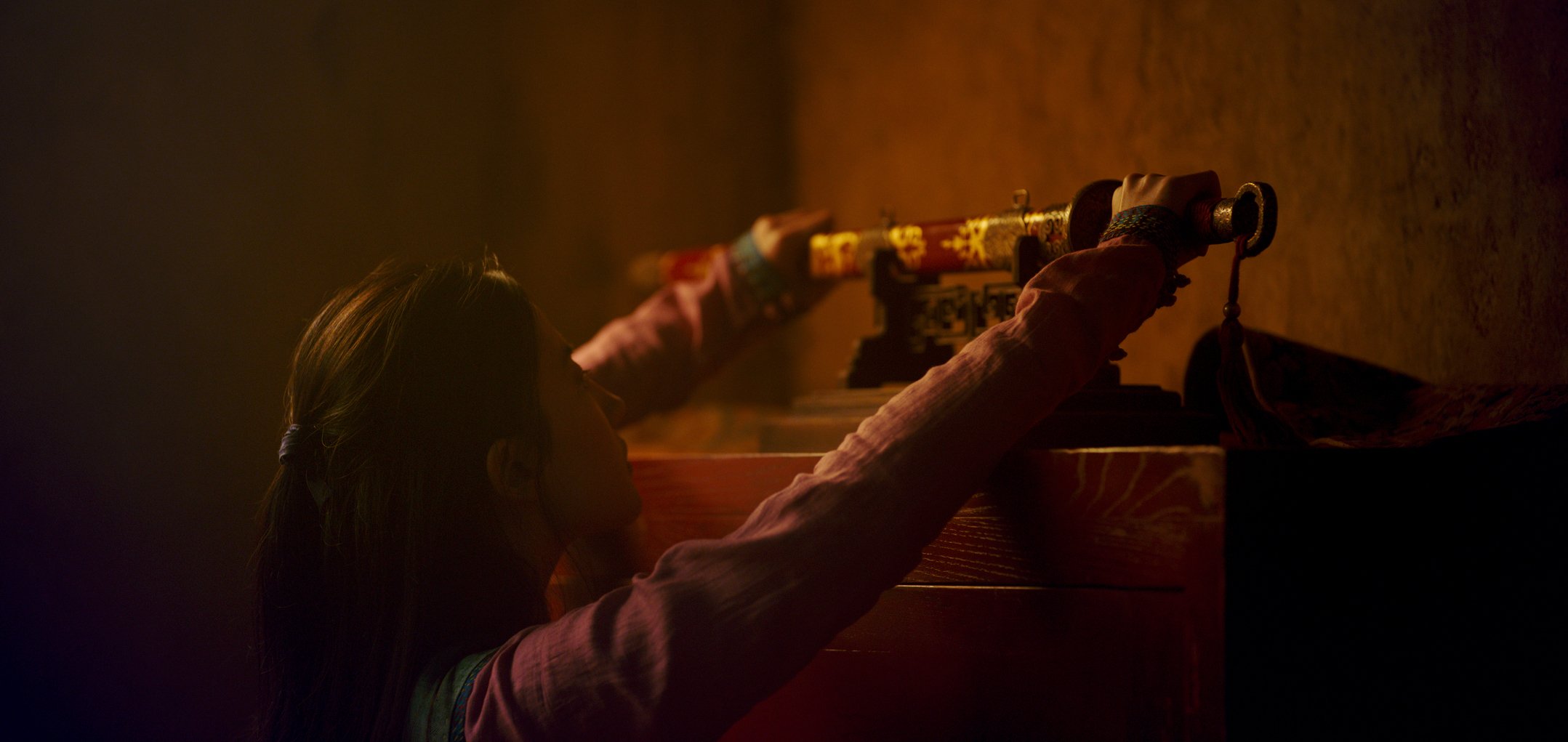
So, when grown-up Mulan (Yifei Liu) disguises herself as a man so she can volunteer for the army, it’s not that much of a surprise to the audience that she’s as capable as the boys. It was a big deal in historical China though.
Bori Khan (Jason Scott Lee) is leading the Roran army to depose the Emperor (Jet Li). He has a witch, Xianniang (Gong Li) helping him leave a path of devastation in his wake. So it’s going to be a formidable battle for Mulan, even with an army on her side.
‘Mulan’ in the boys club
The movie makes very little of Mulan’s transformation. She just appears in the armor with her hair under the helmet. That’s interesting because Mulan isn’t really about the makeover. There is a poignant scene where Mulan is relieved to unwrap her body after the men fall asleep. A three dimensional human struggles with the disguise more than a drawn one did.
The soldiers bond in training and at camp. During this portion, the film sort of loses track of Bori Khan. The film checks in with Xianniang once to see some more destruction on her part, and the army comes across the aftermath of Bori Khan’s devastation but once the film establishes the antagonist, it kind of just waits for Mulan to confront him.
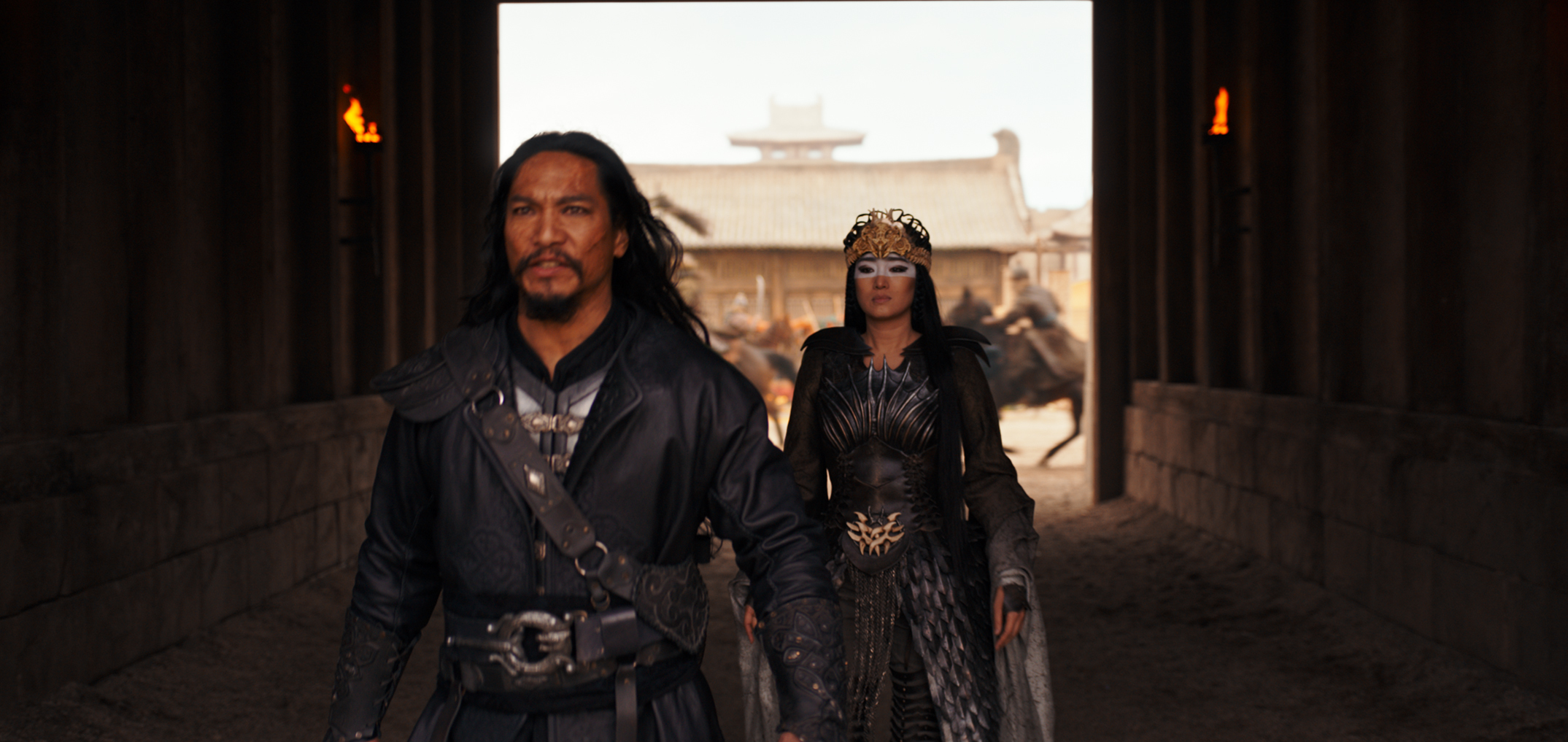
Other sections feel rushed with some character turns that feel unmotivated. Like, we know the lesson is women are equal and the shouldn’t be sexist, but some characters turn mighty quick given centuries of embedded cultural beliefs.
Hong Kong action, Hollywood style
So, the thing about Hollywood doing Hong Kong action in the late ’90s and years after was that most of them would hire the choreographers, but cut the action with American editing. Matrix, Charlie’s Angels and Kill Bill did the best job at letting those fights play out. Mulan is a little better than some of the Hong Kong wannabes like The Art of War or Daredevil. It’s still Hollywood though.
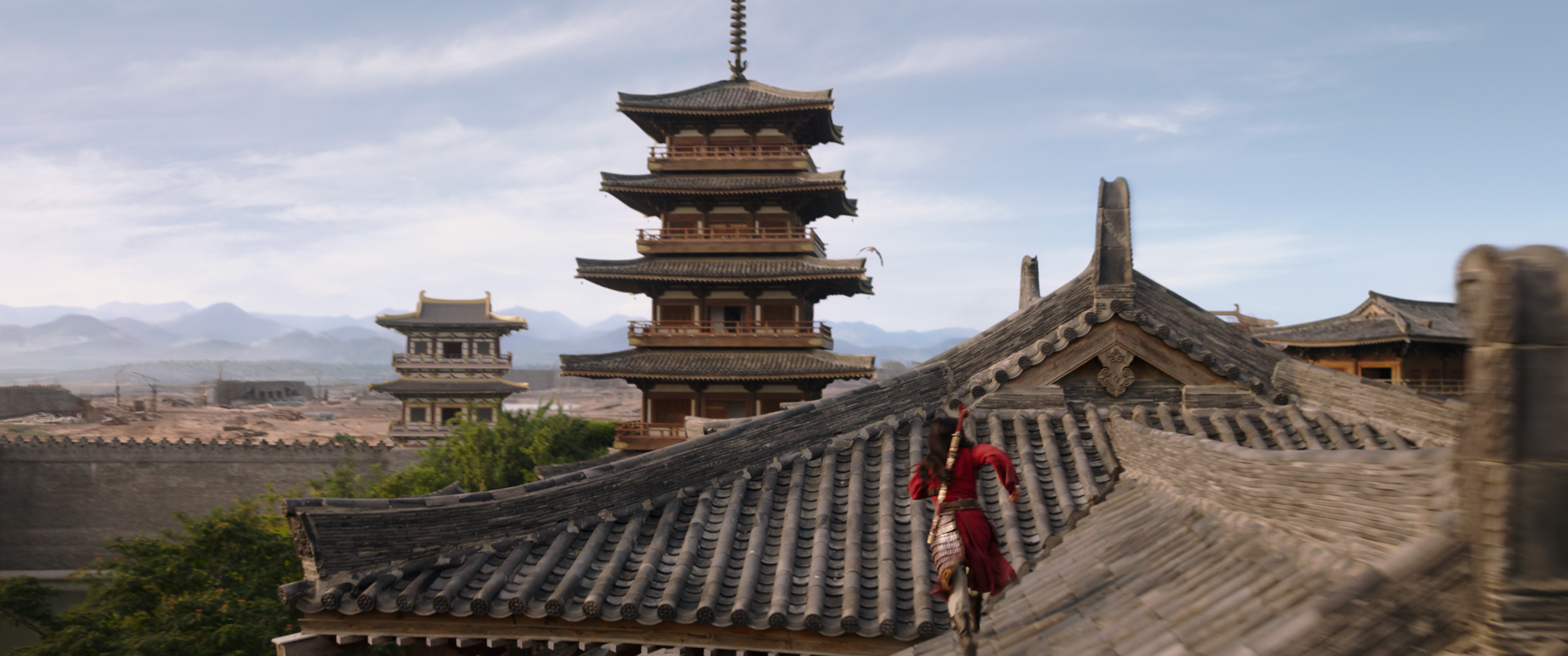
There are cool battle scenes. It looks like they got a lot of actual riders on horseback, and then they add CGI flourishes like a scarf blowing off Bori Khan’s face. Mulan can manipulate an entire army by herself, like Rambo. She can also run along walls. Before The Matrix did those moves in Hollywood, they were exclusively Chinese.
The cinematography emphasizes the distinct lands of China. It shows The Silk Road and Imperial City. Xianniang drips blood on the yellow mud. There’s one shot of a bamboo forest and lots of battles in the mountains. So Mulan is a good way to introduce new audiences to the land and style of Chinese and Hong Kong cinema, especially since many weren’t even born the last time Hollywood dabbled with it.

